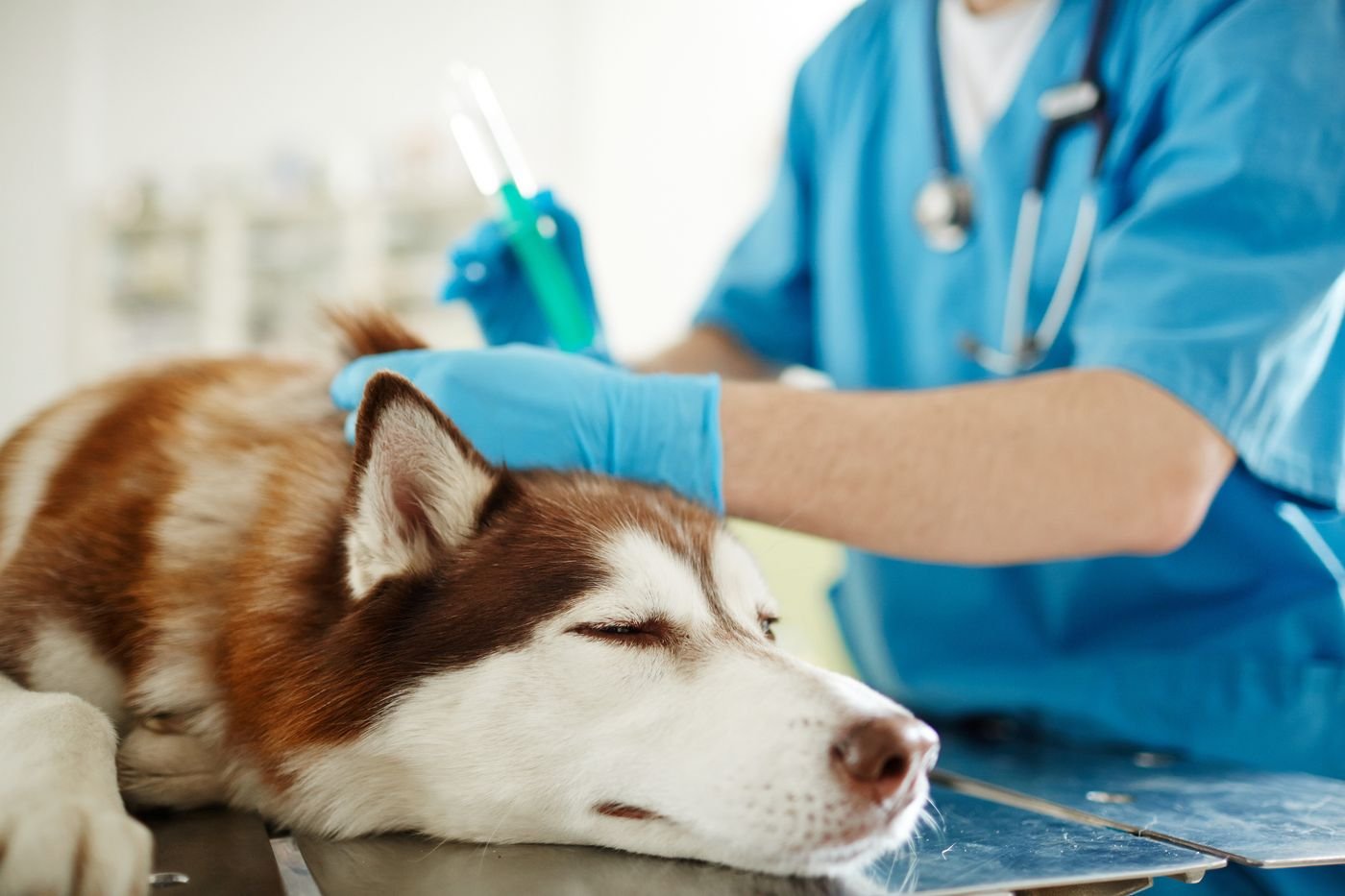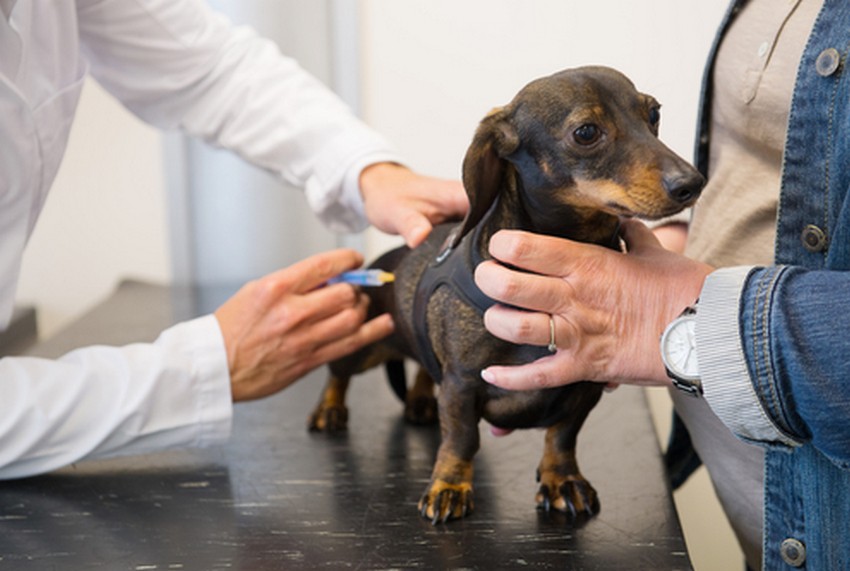parasites can strengthen the immune
Vaccination of cats and cats
frequency or rhythms
which minimizes the risk of developing
caused vomiting
widespread
solution
these diseases are most
helminthic invasions
transmission through discharge
very quickly
patient
every month
but this is quite
intestinal blockage
pay attention to these symptoms
serious health problems
operating
antibacterial preparations
slight shortness of breath
food is an alarming symptom
ophthalmologic examination
parasites can strengthen the immune
enterocolitis
puppy in the first place
internal organs
Adult worms mate
given exactly this date
but there are ways
hours
days after revaccination
carefully
vaccination against
owners believe
vaccination of cats.
we strongly recommend
discomfort during
however
bloody diarrhea is not treated
demodicosis
treatment is expensive
fact that we need
can indicate a serious illness
environment along
sudden movements
because dogs
the secret becomes
sterile
the disease
paraanal glands overflow
usually eye damage



